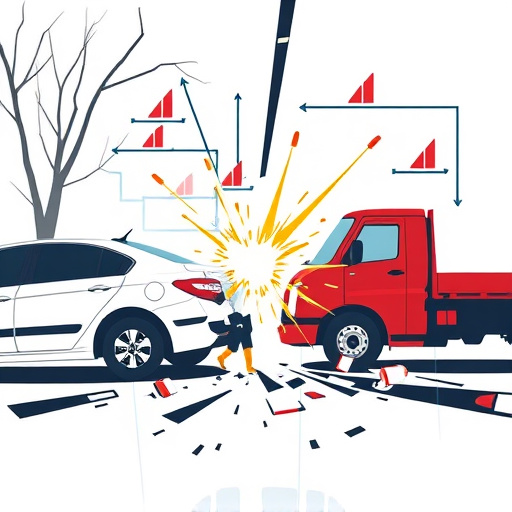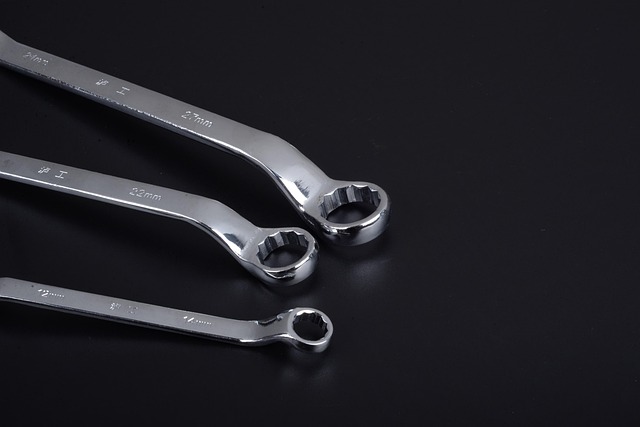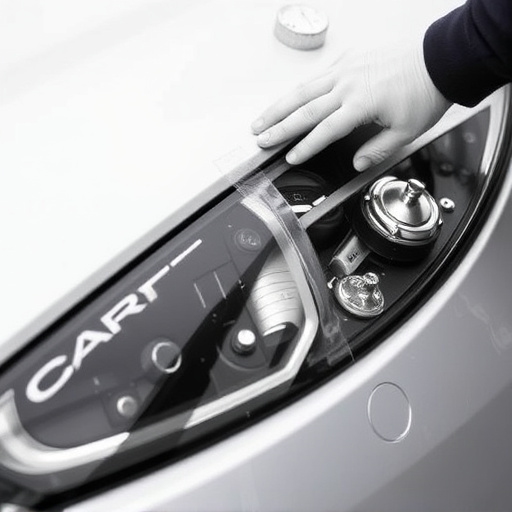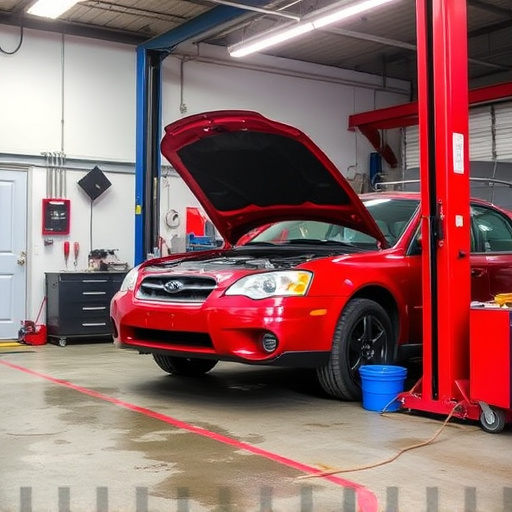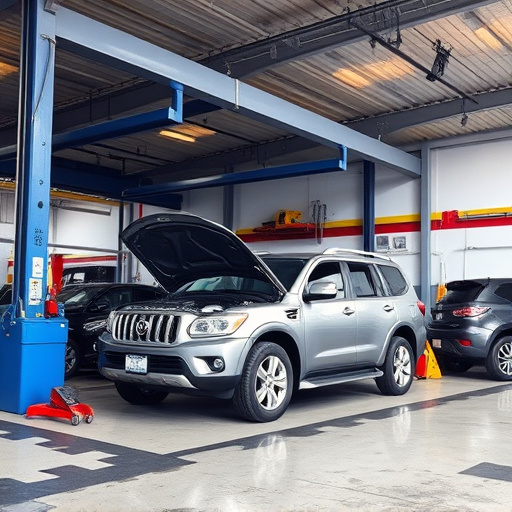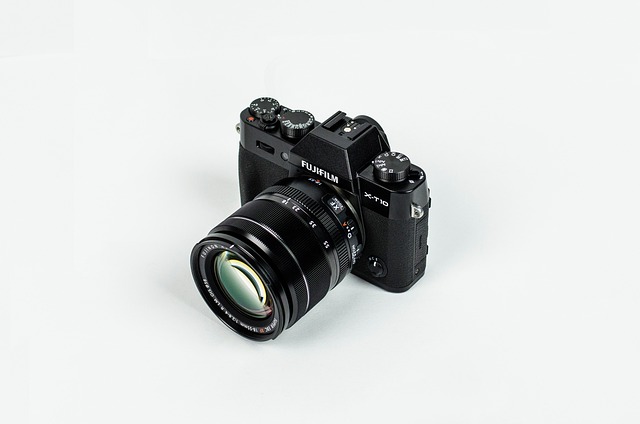Spot welding systems revolutionize luxury vehicle repair and automotive body work by offering precise heat application for fusing metal sheets, minimizing waste, and accommodating diverse materials and thicknesses. Their versatile setup enhances efficiency, reduces manual welding time, ensures consistent quality, and promotes quicker turnaround times in collision repair centers, making them an indispensable tool for modern auto body shops catering to high-volume vehicle maintenance while emphasizing sustainability.
Spot welding systems have revolutionized repair efficiency, offering a precise and versatile solution for metal fabrication. This article delves into the fundamentals of these systems, highlighting their unique advantages in automotive and industrial repairs. We explore how spot welding enhances productivity, reduces material waste, and ensures structural integrity. Through understanding optimal implementation strategies and best practices, workshops can unlock the full potential of spot welding systems, streamlining repair processes and delivering high-quality results.
- Understanding Spot Welding Systems: A Basic Overview
- Advantages of Using Spot Welding in Repairs
- Optimizing Repair Efficiency: Implementation and Best Practices
Understanding Spot Welding Systems: A Basic Overview

Spot welding systems are advanced tools that have revolutionized luxury vehicle repair and automotive body work processes. These systems utilize concentrated heat to fuse two or more metal sheets together, creating strong and permanent bonds. Unlike traditional welding methods, spot welding is a localized process, applying heat only to the specific areas requiring repair or joining. This precision makes it an ideal solution for intricate car bodywork services, allowing technicians to make precise adjustments while minimizing material waste.
The basic setup of a spot welding system includes a power source, a set of electrodes, and control mechanisms that enable the operator to adjust parameters like current, voltage, and pulse duration. The flexibility in these settings ensures that various materials and thicknesses can be welded effectively. In the realm of car bodywork, this versatility is invaluable, as it facilitates both minor repairs and complex structural modifications. By streamlining the welding process, spot welding systems enhance repair efficiency, making luxury vehicle repair more accessible and cost-effective.
Advantages of Using Spot Welding in Repairs

Spot welding systems offer several advantages when it comes to repair processes, especially in the realm of fleet repair services and auto body repair. One of its key benefits is precision; this technique allows for accurate and controlled welds, ensuring structural integrity and quality in autobody repairs. By focusing on specific points, spot welding minimizes material waste, which not only reduces costs but also contributes to a more sustainable approach in various repair settings.
Additionally, the speed and efficiency of spot welding systems are noteworthy. They can quickly join metal components together, streamlining the entire repair process. This is particularly valuable for fleet repair services where maintaining a high volume of vehicles requires quick turnaround times. The versatility of these systems further enhances their utility, as they can be applied to various materials and thicknesses, making them an indispensable tool in modern auto body repairs.
Optimizing Repair Efficiency: Implementation and Best Practices

Implementing spot welding systems in a collision repair center or auto body shop can significantly optimize repair efficiency. These advanced systems enable faster and more precise joining of metal components, reducing the time typically spent on manual welding. By automating the process, spot welding ensures consistent quality and minimizes errors, leading to quicker turnaround times for vehicle body shops.
Best practices for maximizing these benefits include proper training of staff to operate the equipment effectively, maintaining regular maintenance schedules for the spot welding systems, and integrating them into a streamlined workflow that complements other repair procedures. Additionally, utilizing high-quality consumables and following manufacturer guidelines ensures optimal performance, allowing collision repair centers to offer more efficient and cost-effective services in their auto body shops.
Spot welding systems have proven to be a game-changer in the automotive repair industry, offering enhanced efficiency and precision. By understanding the fundamentals of these systems and implementing best practices, repair shops can optimize their operations, reducing downtime and improving overall productivity. The advantages of spot welding are clear: it’s a versatile, time-saving method that delivers robust bonds, making it an essential tool for modern automotive servicing.
